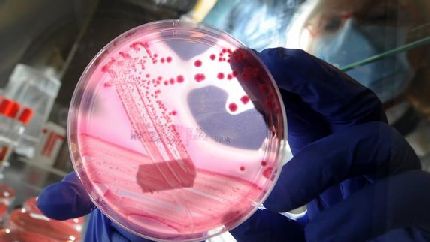Common symptoms of pneumonia walking: low immune system all of which can suffer from pneumonia. Mycoplasma pneumonia is the most common 40 years and older children than young adults. Living in crowded places such as prisons, schools, homeless people infected with the disease at high risk. Walking pneumonia is contagious. Pneumonia spread drops
contact with the ear, nose and throat of infected persons. This usually occurs when infected people cough or sneeze. Mycoplasma pneumonia symptoms impact on the 15-20 days later, and gradually developed
for 2-4 days. Early observations of the more common symptom is
Pneumonia is a disease infections cause lung. This condition >> << inflammation that leads to alveolar pneumonia
filled with fluid. There are several causes of pneumonia. This may be caused by bacteria, fungi, viruses or parasites. Physical or chemical injury can cause pneumonia. Common symptoms of pneumonia include
cough, fever, chest pain, shortness of breath. Treatment depends on the causes of pneumonia. Walking pneumonia does not appear in the initial stage of the known symptoms. First displayed symptoms of pneumonia >> << similar to common cough, fever, so many times to understand it as a simple fever. Walking pneumonia patients showed symptoms similar to the following:
analysis depends on the mode of walking pneumonia symptoms. Chest X-ray can help diffuse infiltration. Walking pneumonia diagnosis is difficult because the observed symptoms of influenza
similar, simple. Also, initially, walking pneumonia after trial is not
revealed, some may test positive for several weeks or months after infection. Who can get walking pneumonia? Walking pneumonia pneumonia patients requiring inpatient treatment or another type of time. They can perform all daily activities, and perform routine tasks, like normal people. Walking pneumonia is caused by bacteria Mycoplasma pneumonia. In the United States about 2 million people suffering from pneumonia walk every year. In late summer and autumn, walking pneumonia is the most common. Although this type order strattera of pneumonia is passed, it gradually spreads. Thus, the infected person, even if he or she can perform their daily activities on foot pneumonia. Mild flu-like symptoms such as fever, chills
Some people may also be formed ear infection, rash or anemia. Weight gain Cold Cold disease increase strength and achieve the patient's chest. To distinguish

Sleepy-there is sharply reduced patients' energy flow in light and heavy headache, fever, sore throat problems with
, patients may experience abdominal region of eyes, ears, chest and muscle pain
Walking pneumonia known character about 1-3 weeks. It starts with a loss of energy levels. Patients feel exhausted. Walking pneumonia does not show any visible symptoms. Tags:

